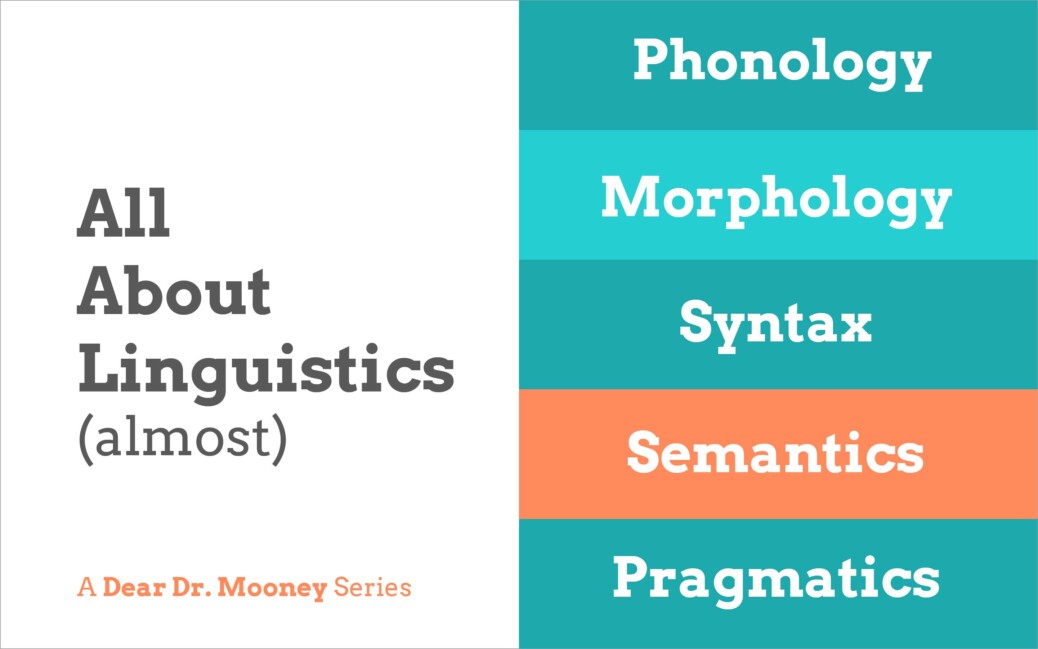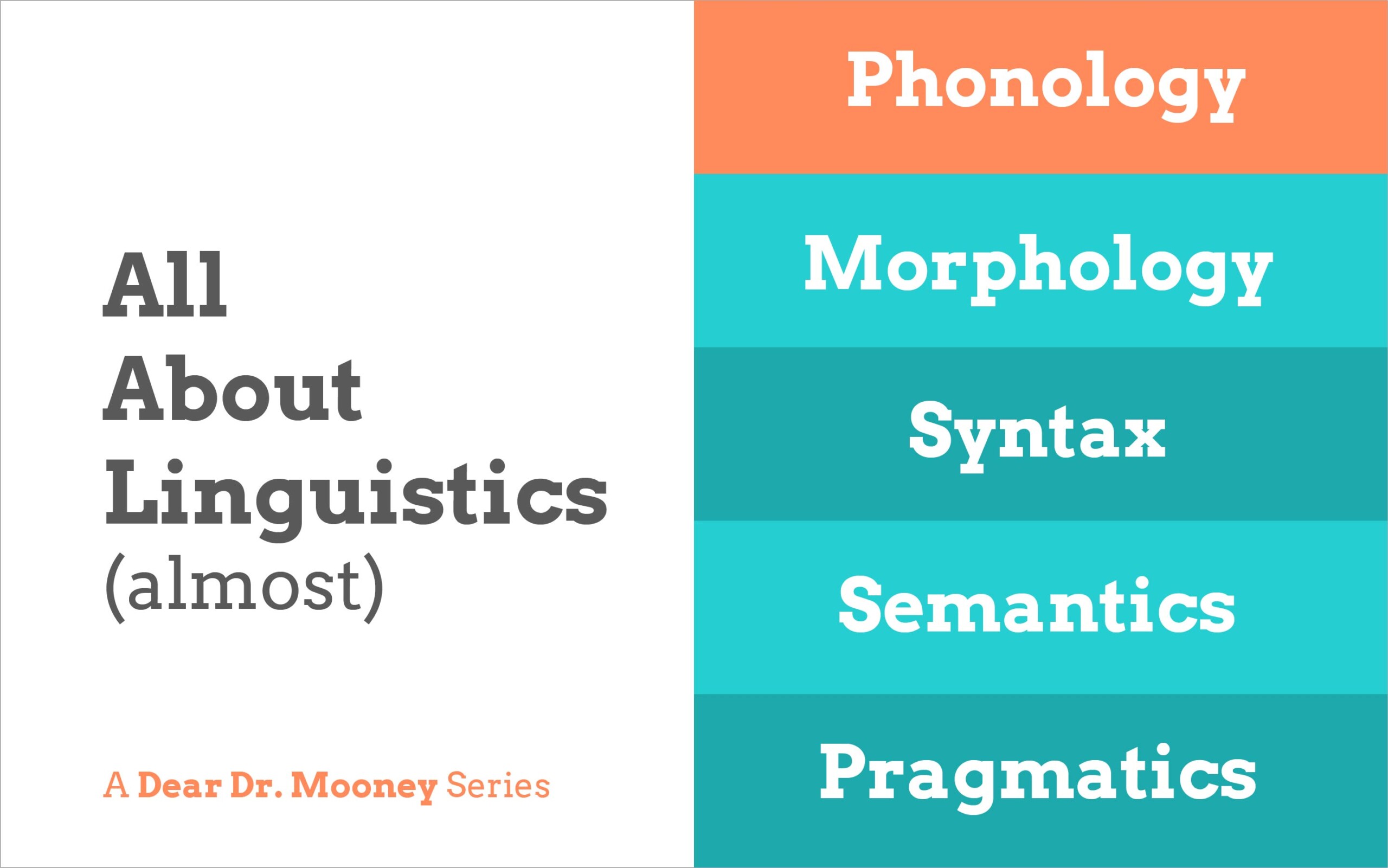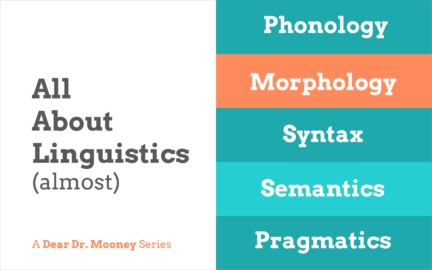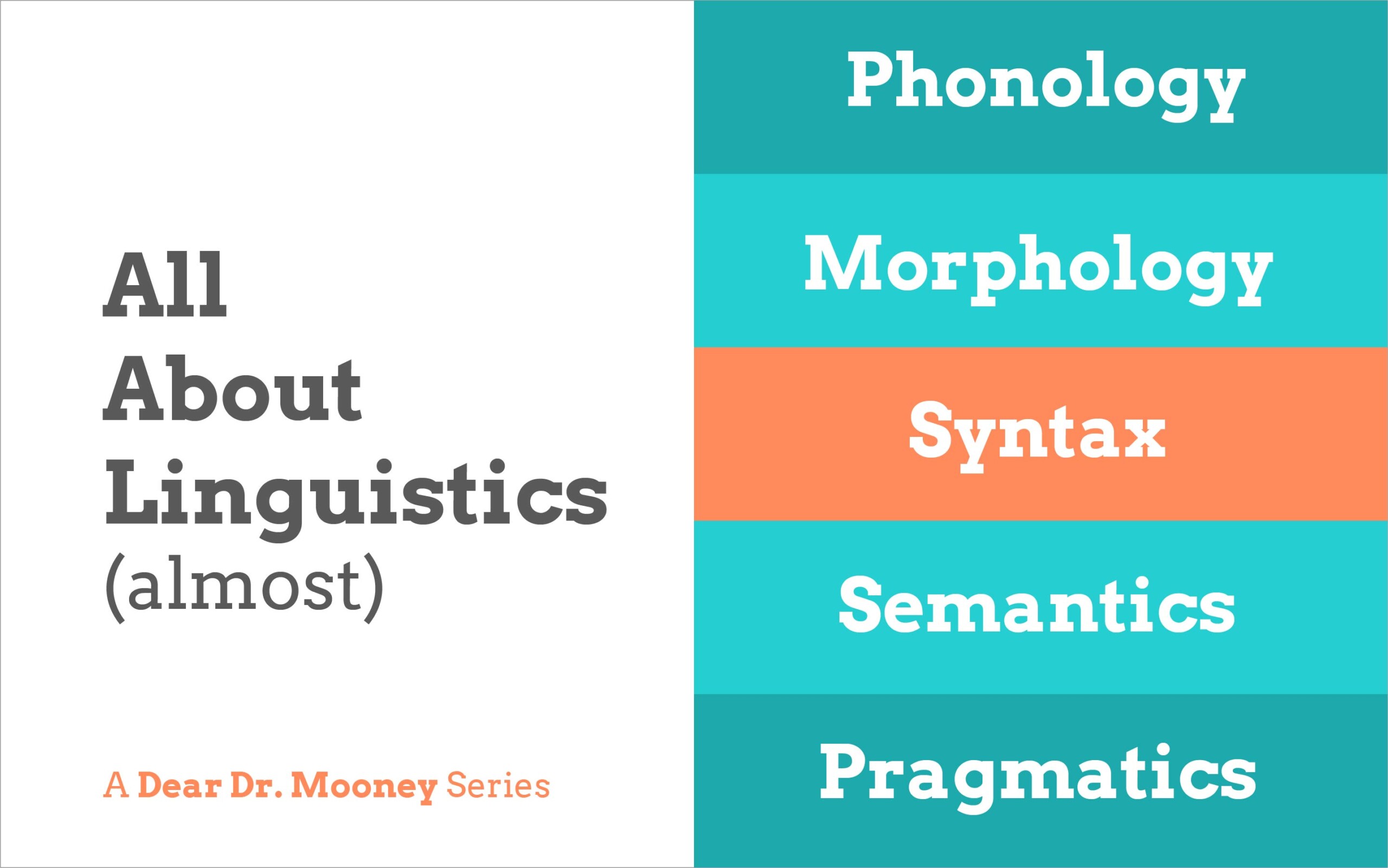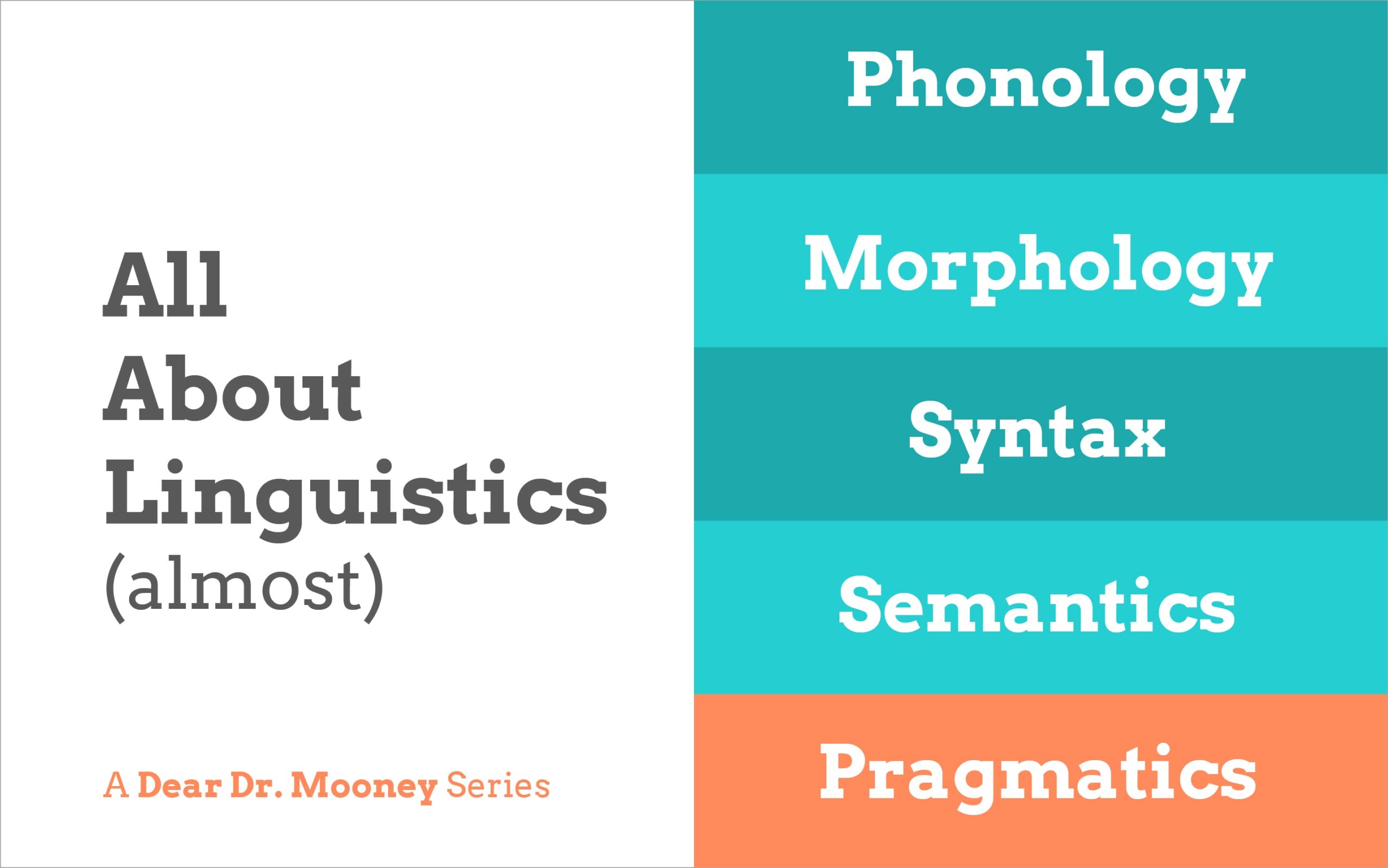All teachers of English learners teach word meaning, but what exactly does that mean? This article shares insights into what we know when we know a word, and a few ways we can use games to help ELs learn more.
Semantics
What is it?
Semantics is the study of the meaning of words, phrases, and sentences in a language. Typically, teachers focus on teaching the basic, essential components of a word, which is known as the referential meaning found in a dictionary. Although this is an important part of understanding a word, it’s not all there is.
Words also carry an associative or emotive meaning. Speakers and writers often mean something different than what the dictionary says when they use a word. An author may intend the use of the word ‘hospital’ to convey feelings of safety and help, but for the reader with a seriously ill mother, the word brings up thoughts of fear and worry.
Containers of Meaning
Sometimes, even understanding the conventional and associative meanings of words doesn’t help us use the word correctly because usage often depends upon the situation. For example, why can we use the noun “dog” in the first sentence below, but not the noun “cookie” in the second?
- The dog ran home.
- The cookie ran home.
Both sentences are correct grammatically, but the second one doesn’t make sense. The reason actually has to do with the verb “ran” and not the nouns. This verb needs to be paired with an animate noun. The noun has to be seen as capable of doing the verb. A dog can run, but a cookie cannot. This information is just part of what you know when you know the word “ran”. In this way, words can be seen as having a variety of semantic features. They are “containers of meaning”.
One more example of semantic features: Each word below possesses the semantic features listed. Notice how some of the features overlap between words, but others do not.
- Puppy – animal, animate, baby
- Woman – human, animate, adult
- Tree – adult, plant
Can you think of other features for each word? I’ll bet you can!
Taking on Roles
Words are more than containers of meaning. They also perform roles in the phrases and sentences where they are placed. The two primary roles are agent and theme. Agent is the entity that performs the action. The agent is typically human, but it doesn’t have to be. The theme is the entity that is involved in or affected by the action, and is typically non-human.
- The boy ate the cookie. (Agent – boy; Theme – cookie)
- The dog licked the boy. (Agent – dog; Theme – boy)
There are a number of other roles words play in sentences. Instruments are agents that use another entity to perform an action. (She drew with a pencil.) Experiencer describes an entity who has a feeling or perception. (The girl feels happy.) Words can also hold roles as action, location, source, and goal.
Knowing the roles that words play in sentences gives us a more complete understanding of the word.
Relating to one another
This is the part of semantics that you are likely very familiar with. I don’t think I ever met an elementary or English teacher who had not taught about synonyms, antonyms, or homonyms. Studying words in these ways gives students the opportunity to see how words are connected or related to each other. This helps to grow their knowledge more quickly because it gives them concrete ways to attach new information to what they already know.
There are a couple of other ideas about word relationships you might consider adding to your lessons. Do you know about hyponymy or polysemy?
Hyponymy is when the meaning of one word is included in the other. For example, the meaning of ‘horse’ contains the meaning of animal because a horse is an animal. If you read the word ‘animal’, you don’t necessary think of a ‘horse’, but if you read ‘horse’, you know it is an animal. Similarly, the word ‘rose’ also contains our understanding of the words ‘flower’ and ‘plant’.
Polysemy is when words have the same form and related meanings. Take the word ‘foot’. We could talk about the foot on your body, the foot of a bed, or the foot of a mountain. These may seem unrelated, but think again.
Where is your foot? It’s at the base/end/foundation of your body, right? Where is the foot of a bed? At the base or end. And the foot of a mountain? It’s the base where you begin your climb. This type of relation also occurs with words such as head, run, mouth, etc.
Why does it matter in my classroom?
Your English learners may learn the conventional meaning of a word, but not understand what the speaker or writer intended for them to understand. It’s a little like comprehending an idiom. We know those are difficult for ELs, because telling them it’s raining cats and dogs outside doesn’t mean they can choose a new pet to take home!
We need to realize that this confusion can also occur with individual words or the way they are used in sentences. The speaker or writer may have used a word’s associative or emotive meaning, but your EL only knows the referential (dictionary) meaning. They may not have the background knowledge to understand what was really being meant. One example might be reading a story about playing in snow during the winter. The characters talk about their toes freezing and their nose turning red. They describe having fun building snowmen and sledding and then sitting around the fireplace with hot chocolate to warm up. Overall, the intent of the story is to convey positive feelings of “winter” by spending time with family and friends.
However, an EL from a cold climate might have experienced “winter” as months and months of frigid temperatures and mounds of snow. The weather may have created hardships for their family. Similarly, an EL from a tropical climate does not associate “winter” with any of the activities in the story. “Winter” is still warm where they have lived and may include a rainy season resulting in destructive flooding.
This doesn’t mean we can’t use certain stories in our classrooms, it just means we should consider what associations or emotions our ELs may tie to particular words or concepts – and be sensitive to them.
As teachers of ELs, we are so used to teaching vocabulary, or word meaning, that we can take it for granted. We’re tempted to simply find various ways to help students know what a word means. However, as noted above, what a native speaker may understand about what a word means is likely much broader than what an English learner will be able to glean from a dictionary entry.
A dog is a four-legged furry animal, but that word can be so much more! Has someone “dogged” you today? Are you “dogged” tired? Why can “dog” be the agent in one sentence, but not in another? This lack of understanding may be one reason why your students create syntactically correct sentences that are semantically odd.
Two Suggestions for Implementation
Teaching word meaning by combing the dictionary is a pretty traditional method. More recently, teachers have employed graphic organizers and other visuals to give students a richer understanding of words. I certainly support the use of graphic organizers, but I think you should consider a couple of additions to your lessons.
Read Extensively
Allowing students to read extensively and widely is one of the best ways to grow their word knowledge. The more often they see a word in print, the better they will come to understand all of the ways it can be used. Reading book series is very beneficial for ELs. As they get to know an author, they won’t have to focus so much on the structure, or even the characters, to comprehend the text. In this way, their mind will be freer to pay attention to other syntactic and semantic features of the text.
Play Games
Playing word games is fun and allows students to acquire word knowledge at the same time. One of my favorites is In a Pickle. I first found it at a thrift store, but it’s also available on Amazon. In this game, players compete to create a series of four word cards, each of which fit inside the other. The meanings can be literal – (a cat fits inside a house) or figurative (a lawyer might get in a jam). It’s amazing to watch native and non-native English speakers work to convince their fellow players that one word is bigger or smaller than another!
I learned about Odd One Out in Five-Minute Activities. It is a game you can create yourself in a Word document or you can use index cards, if you wish.
- Make a list of 6-7 words, such as street, traffic light, car, bus, train, market or kind, big, fast, beautiful, old, valuable.
- In a pair or small group, students discuss the words and come to an agreement as to which one does not belong.
- They then mark that one off the list and consider the remaining words. Which one doesn’t belong now?
- Continue discussing and eliminating until only one word remains.
Students must describe their thinking to their peers and as a result of the conversation, they come to understand the words in new, deeper ways!
Sticks and stones may break my bones, but words can never hurt me.
We all know this isn’t true. Words can cause emotional pain, but do you know all of the ways you use language to do things every day?
Next week:
We will wrap up this linguistics series by discussing pragmatics.

